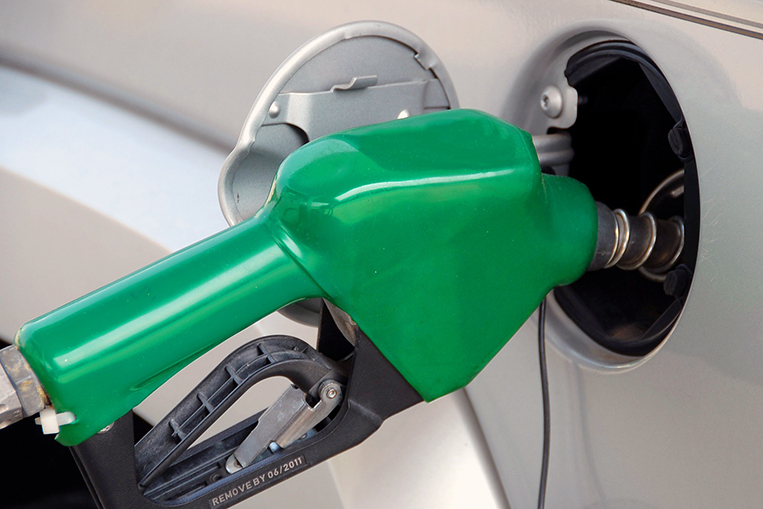
In today’s automotive landscape, more and more cars are making more power and better fuel efficiency coupled with lower emissions, thanks to advancements in engine technology. But the other part that is just as crucial is finding the right fuel.
A typical modern car is designed to operate in a wide variety of road and climate conditions: hot, humid, arid, freezing cold and everything in between. In the same way, the engine should be able to use a wide variety of fuels because—let’s face it—fuel quality varies from pump to pump, let alone country to country. Thus, cars and their engines have a lot of “leeway” to be able to operate reliably given the vast conditions in different markets they are sold to. But this leeway also inhibits the engine from operating in a truly optimized manner that delivers the best balance in power, efficiency, reliability and longevity. Think of it as wearing all-around cross-training shoes if you just want to exercise in general, with no specific sport or athletic activity in mind.
What if you didn’t need all that extra leeway for your engine? What if you always knew where to fill up, were always sure of the fuel quality, and drove your car in a very specific set of road and driving conditions? By narrowing down your engine’s operating parameters to suit your specific requirements, you can unlock hidden power, torque, efficiency, response and even lower emissions. Ultimately, this makes your car more enjoyable to drive, and the ownership experience more satisfying and fulfilling. To continue the shoe analogy, it’s like wearing proper running shoes for a marathon on paved surface, which will give your feet far better support and comfort versus all-around cross-training sneakers.
A good-condition engine, the right set of hard parts, and a great tuner providing an equally great tune are key ingredients. And you need the right sort of fuel to make sure everything gels well.
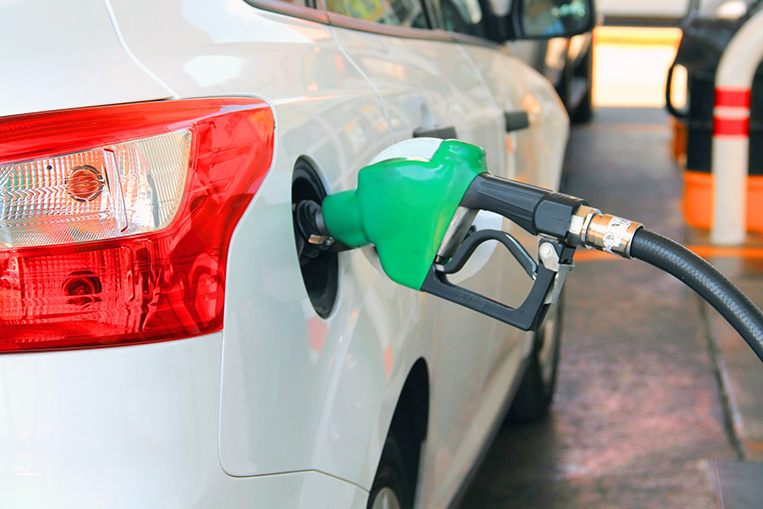
In the Philippines, we are lucky to have great fuel products such as Petron Blaze 100-octane RON Euro VI gasoline. This fuel is a godsend to car enthusiasts, primarily because of its 100-octane RON rating. Octane number is a measure of a fuel’s resistance to combustion. The higher the number, the better it is for high-performance applications. Some race fuels even have 120-octane RON rating using exotic additives, but they are not street-legal due to possible toxic emissions, but I digress. You may ask: What is the difference between RON (Research Octane Number) and MON (Motor Octane Number), which is used primarily in North America?
RON is a static test on a fuel’s octane rating: Conditions remain the same to deduce at what point the fuel combusts. Ignition timing, engine speed, combustion chamber temperature and other factors remain the same. MON is a dynamic test: Fuel is tested on a variable-compression engine to find out when it will combust, using a preheated combustion chamber, at a higher rpm and with ignition timing that changes greatly to really stress the fuel into combustion. Because the parameters vary great and dynamically while testing is ongoing, the MON result is typically lower than RON. In North America, fuel is rated based on the average of RON and MON—unlike here in the Philippines, where we simply use the RON rating result. Another digression, but something I feel is important to explain to readers who compare fuels in North America with fuels here in the Philippines and the rest of the world. Some Filipino-American friends say our 100-octane RON is probably comparable to 93-94 RON/MON average octane rating in the US.
In over 15 years of fiddling with cars—modifying them and getting them tuned—my experience has always been that Petron’s Blaze gives the best in terms of reliable power output. Both my Supra Turbo and FJ Cruiser use Petron Blaze exclusively. To date, my Supra makes around 580whp (wheel horsepower), while my FJ makes some 265whp as tested on a Dynapack rolling-road chassis dyno. My Supra has also been tested on a Dynojet chassis dyno and readings came out the same as on the Dynapack dyno. The Supra makes more than double the stock output, while the Fj Cruiser makes about 35% more power over stock. Aside from the upgraded parts and the tuner, Petron Blaze is also a common ingredient to getting both cars to make power.
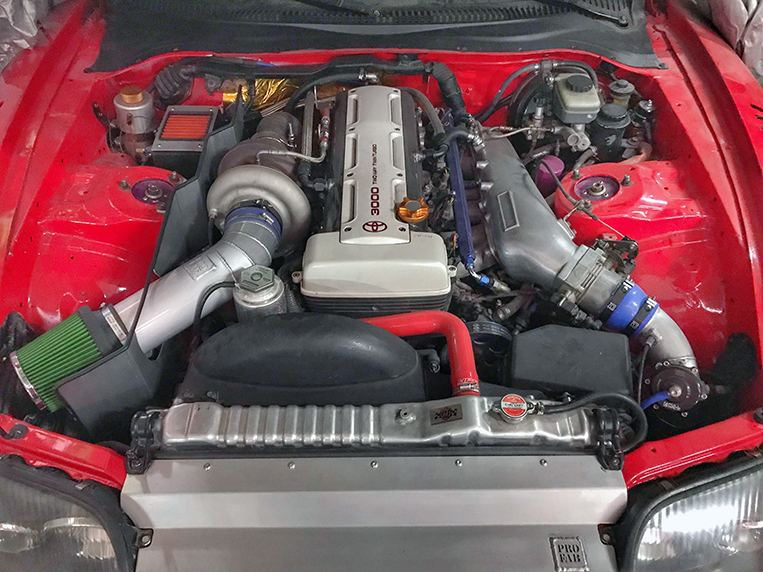
On my Supra, my tuner was able to pump up the boost to 25psi or 1.76 bar reliably, and proceeded to significantly crank up ignition timing by 4-5° advance before we saw any knock. Data logs from full-throttle pulls to the redline both on the dyno and the open road concur that knock activity is nonexistent due largely to Petron’s Blaze and a good tune. On the road, during the hottest summer days (traditionally Holy Week), I have yet to experience any engine-related problems when pushing the engine. High ambient temperatures can cause detonation or knock, which leads to overheating even if the engine is generally healthy. Once, stuck on a two-hour crawl on EDSA from Shaw Boulevard to Ayala Avenue with ambient temps pushing into the low- to mid-40°C range, my Supra didn’t skip a beat. It didn’t overheat during the crawl, and as soon as traffic freed up, I opened the taps fully. Power came on strong with no problems and no overheating both while I crawled and when I floored the throttle to redline a few times afterward. I’ve gone over 250km/h many times in my Supra and never experienced any temperature-related problems or engine knock during or after each high-speed pull. Exhaust gas temperature (a real measure of your engine’s combustion condition) was also kept low—around 870°C. Good fuel is crucial to keeping things reliable in these conditions.
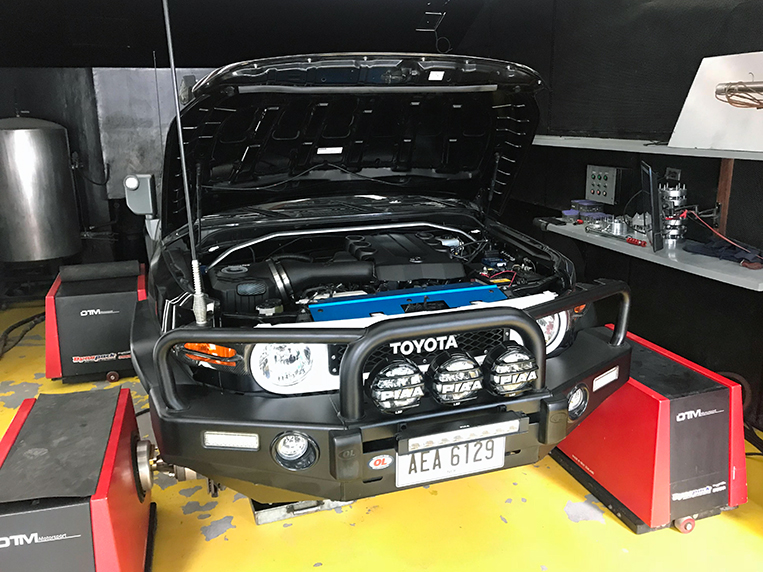
With my FJ Cruiser, I’m now able to achieve 10.5-11km/L on the highway at 90-105km/h while keeping revs at around 1,450rpm despite my 2.5-inch lift, bigger 34-inch tires and wheels, roof rack and massive steel bumper. A stock FJ will struggle to match that figure, let alone one as modified as mine with a huge aerodynamic drag to overcome. With careful ECU tuning, the tuner cranked up ignition timing at very low rpms and made usable power low down to move my heavy FJ while keeping engine rpm low. Previously, it was impossible: I had to stay in fourth gear to keep the FJ moving at a decent speed while keeping below the speed limit. Should I want to cruise in fifth gear, I needed to be at about 130km/h with engine speeds above 2,400rpm to allow the FJ Cruiser to maintain its speed. That would land me in jail indeed.
This is consistent with the experience of other people. Cars tuned on and fueled with Petron Blaze, as tested on a rolling-road chassis dyno and from pulling data logs out of the ECU, have always given the highest output versus other commercially and readily available fuels. They also exhibit no knock or detonation even on very hot and humid days.
A good-condition engine and a great tuner are key ingredients, but you need the right sort of fuel to make sure everything gels well
I spoke to four different tuners based in Metro Manila whom I have known for a long time and respect very much. Collectively, they have tuned thousands of cars for almost two decades, and their experience spans from petrol to diesel, and from Japanese and Korean to American and European brands. And collectively, their experience with Petron Blaze is similar to mine.
Tommy Teng, owner and tuner of DTM Motorsports, says that, from experience, depending on the car and its particular setup, he can add anywhere from 2° to 5° more of ignition timing without experiencing knock, detonation and pre-ignition if he uses Petron Blaze versus Shell V-Power Racing. This increases power and torque, widens the power curve, and improves both engine response and drivability.
Leo Carlo San Juan of Speedworks Tuning, perhaps the most prolific local tuner today, agrees, saying he has seen an easy 10-15whp increase on a Subaru WRX or STI after the owner switched from Shell V-Power Racing to Petron Blaze. This is for cars in the 250-320whp range. On a Nissan R35 GT-R, the power difference becomes bigger—about 15-20whp increase on the dyno. Of course, the cars making the switch in fuel won’t make that increase in power just by filling up with Petron Blaze; they will need a retune on their ECU to make use of Blaze’s latent abilities.
San Juan’s partner, Ryan Lee also of Speedworks Tuning, concurs and says they need less fuel to make good horsepower versus other fuel brands where they need to dump more fuel into the engine to make good, reliable power.
Lastly, Chino Castro of Profab, who does a lot of on-site and trackside tuning for drag and drift cars, tells me that as ambient air and weather temps increase, Petron Blaze is also able to resist detonation and pre-ignition better than any other type of commercial fuel based on knock sensor data-logging. With ambient temps reaching the high 40s at Clark International Speedway during certain times of the year, heat soak and elevated intake temps become a serious concern for racers and track-day enthusiasts. With Blaze, he has never had problems so far when tuning and logging cars on-track.
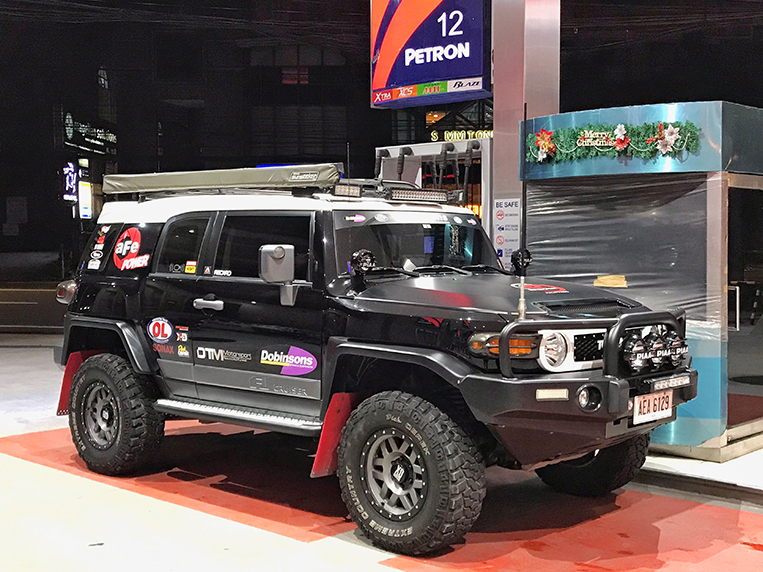
But Petron Blaze 100 may not be available in other parts of the country, especially in the Visayas and Mindanao. Atty. Jed Neri, former head tuner of Group B Automotive and another highly respected tuner based in Cebu, shares that Shell V-Power Racing and Petron Blaze (which has a lower advertised octane rating in VizMin) have almost no difference in output between the two cars he has tuned in the region. In fact, he adds that Petron Blaze seems inconsistent in quality, at least in his area. Some cars he tunes on Petron Blaze have intermittent detonation or knock problems, and he has to pull or reduce ignition timing or boost pressure versus other similar cars he has tuned using the same fuel. Shell V-Power has been more consistent in that regard, according to him. But he also adds that when he tunes a car in Metro Manila, he doesn’t encounter this fuel quality consistency problem with Petron Blaze, so he says it might be down to the different batches of fuel they receive in VizMin (usually depending on the time they get it).
So, what is our takeaway here? If you want to make the most power and you’re based in Metro Manila or any place where Petron Blaze 100 is available, Blaze empirically should be the best fuel you can use. Which is congruent with the experience of four tuners who tune cars for a living. Actual tuning still rules. In short, see your tuner, get your car tuned, and see which fuel makes the most power, efficiency, reliability and response.


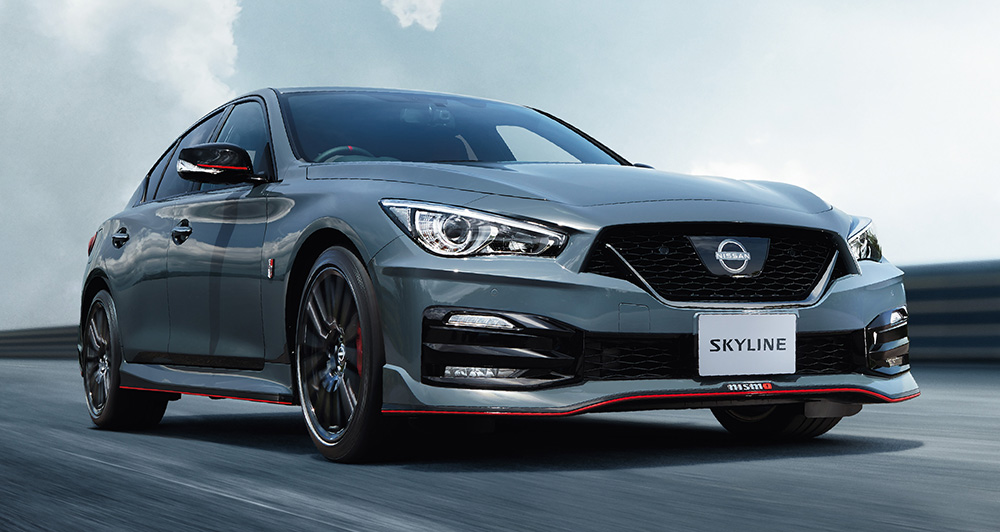

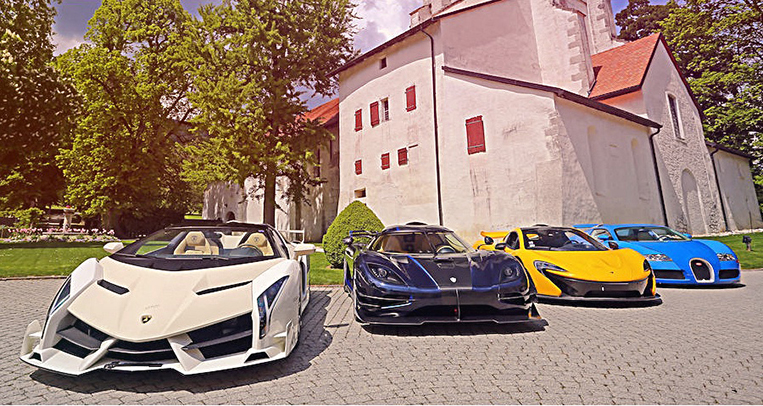
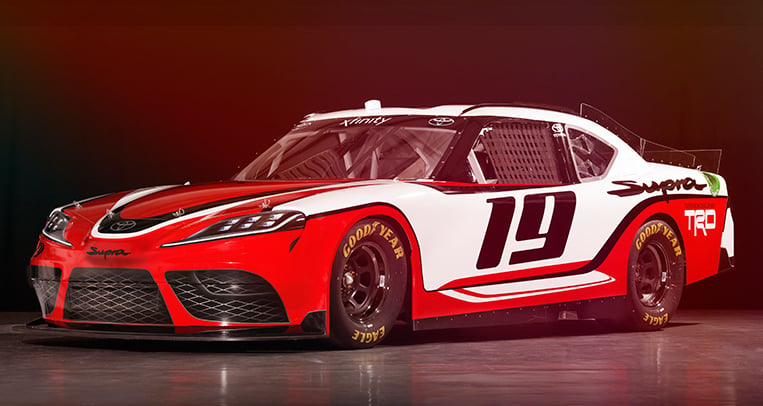

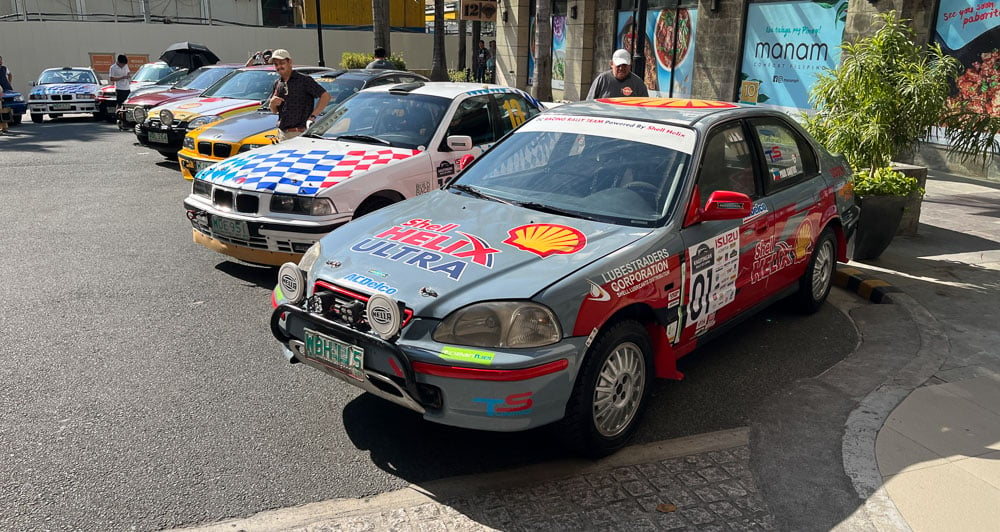

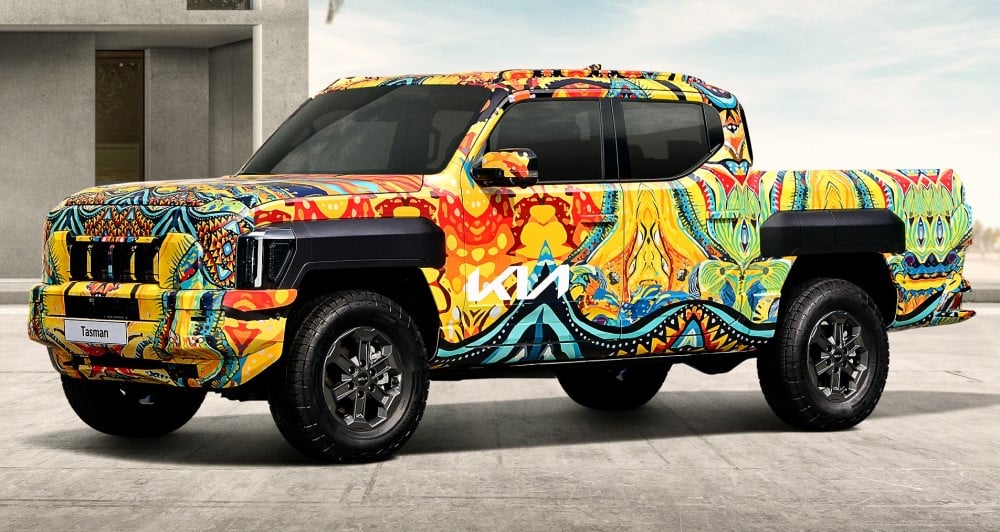
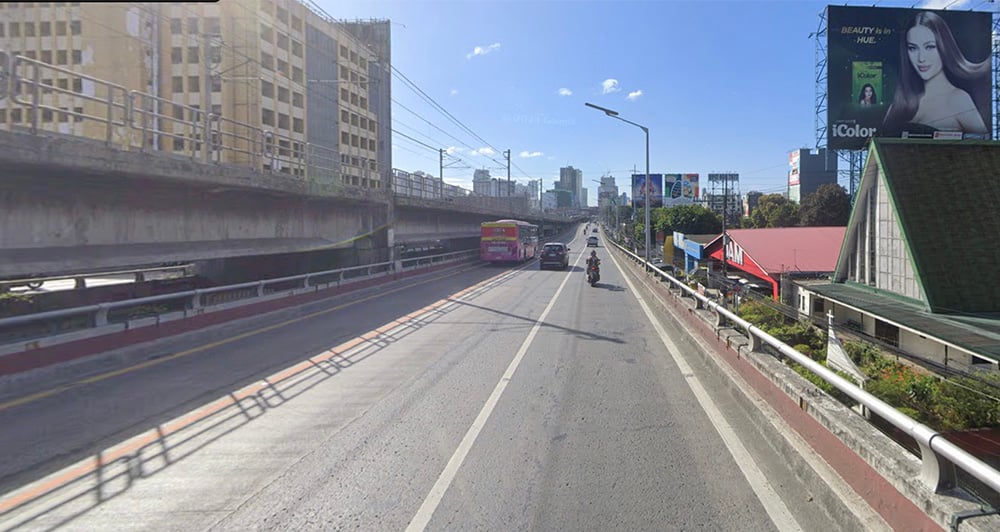
Comments